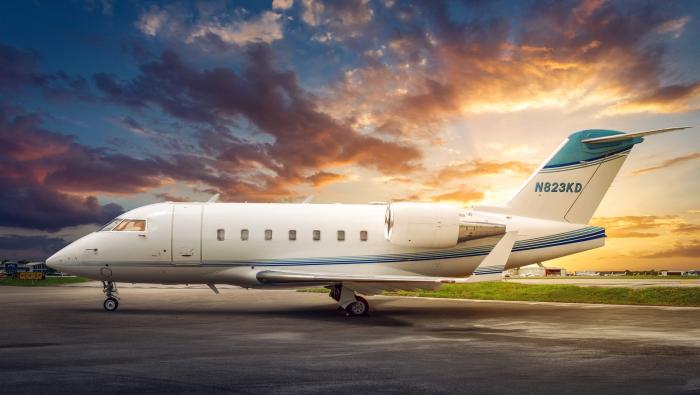North Sea operator Helikopter Service has imposed torque and speed limits on its two new Sikorsky S-92s, but Keith Mullett, managing director of Canadian parent company CHC’s European operations, is downplaying the news. A company notice to pilots issued in May requires them, when flying near maximum gross weight, to restrict torque to as little as 65 percent and speed to 125 knots (26 knots short of the max recommended cruise speed).
Mullett told AIN that pilots in one of the two aircraft currently operating for Norsk Hydro (a third is due to start flying for Statoil soon) felt the “high 4R vibration” mentioned in the notice. He asserted that the vibrations could be consigned firmly to the “teething troubles” department. “The vibration is within acceptable limits but we decided to issue the guidance as a conservative measure, until we feel comfortable with the adjustments we are making under Sikorsky’s guidance,” he said.
“Later this year, we expect a planned software upgrade to the active vibration system from the OEM. One way or another, I am confident that we will bring this vibration back to a more comfortable level.
Adopting a Go-slow Approach
“We can afford to take a conservative approach because our customer is using the S-92 over relatively short sectors [from Bergen, 60 nm out to the Troll A platform and others.–Ed.], so there is very little penalty. Norsk understands exactly where we are and is pleased with the performance of both aircraft,” he added.
Mullett also said excessive cockpit noise (from avionics cooling fans) “was not a major problem thus far. Again we are working on that with Sikorsky, but I have not had any significant pilot feedback on this issue.” AIN has learned that the issue has been brought to the attention of the pilots’ union health and safety representative.
Sikorsky’s other North Sea customer, Norsk Helikopters, continues to fly its S-92s at normal torque levels. However, it has experienced problems with main rotor gearbox oil becoming contaminated by chips from oil pump splines. The FAA issued an airworthiness directive (AD) instructing S-92 operators to replace the vespel spline adapters on the helicopter’s main gearbox oil pumps every 50 flying hours following an incident in which a Norsk Helikopter crew made an emergency landing on a platform after losing main gearbox oil pressure. The fault was traced to the break-up of composite splines on one of the two gearbox lube/scavenge pumps.
Mullett dismissed any suggestion that the vibration and spline failures might be linked.







